Unboxing the Jaguar E-Type: Essential Paperwork Revealed

The Jaguar E-Type, often heralded as one of the most beautiful cars ever made, carries a legacy that extends beyond its stunning design and powerful performance. For enthusiasts, collectors, or anyone looking to understand the history and maintenance of this iconic vehicle, the paperwork that comes with it is just as crucial as the car itself. Here, we dive deep into the essential paperwork every Jaguar E-Type owner should know about, ensuring the lineage, authenticity, and value of their vehicle are preserved.
Understanding the Importance of Documentation

Documents are not merely pieces of paper; they are the key to unlocking the history and provenance of your Jaguar E-Type. They provide:
- Proof of Ownership: Establishing ownership is vital for legal reasons and in case of theft.
- Service History: Detailed records help in evaluating the car’s condition, past repairs, and maintenance, which can affect its value and performance.
- Provenance and Authenticity: Documents like build sheets or factory records prove the vehicle’s origins, enhancing its authenticity.
Essential Documents to Look For

Here’s a comprehensive list of documents you should expect when unboxing your Jaguar E-Type:
1. Vehicle Identification Number (VIN) Plate and Certificate

Every Jaguar E-Type has a unique VIN. Ensure this number matches the one on your documentation:
- VIN Certificate: This certificate confirms the authenticity of the VIN, linking the chassis to its history of ownership.
- Chassis Number: This should be physically present on the chassis and match the documents.
2. Factory Records and Build Sheets
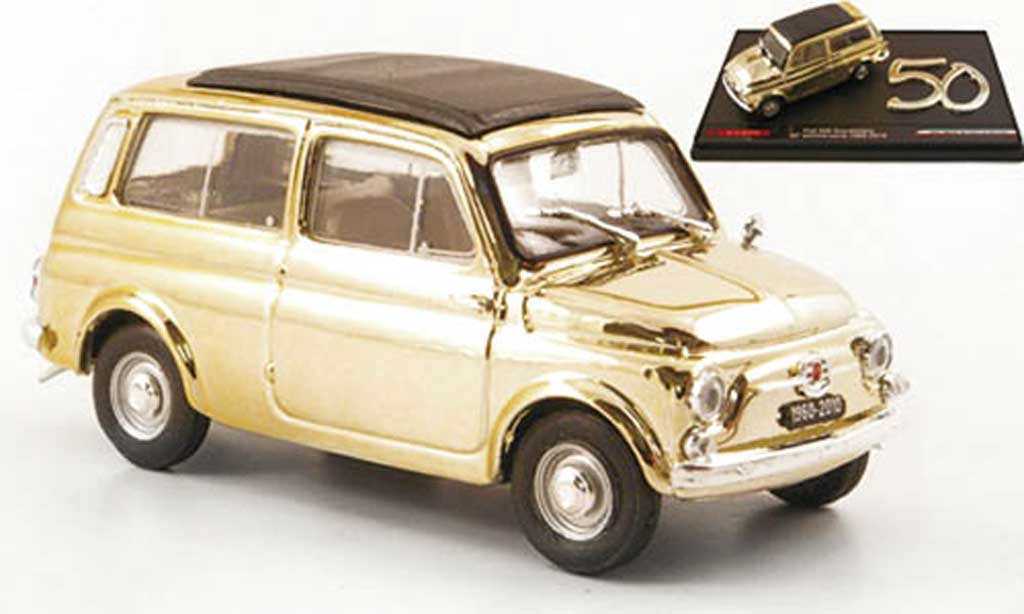
These records detail:
- Original Specifications like engine numbers, paint codes, and trim levels.
- Assembly Date: When your E-Type was put together.
🔍 Note: For early models, these might be difficult to obtain, but they greatly enhance the car’s value.
3. Owner’s Manual and Warranty Card

These documents:
- Detail operational instructions and specifications of your E-Type.
- Include the original warranty card, often signed by the first owner or dealer.
4. Service Records

Service records are vital as they:
- Document maintenance history from regular check-ups to major repairs.
- Help in assessing the current condition of the car.
| Date | Mileage | Service Description |
|---|---|---|
| 05/15/1961 | 5,000 | Engine Tune-up |
| 08/20/1963 | 23,500 | Clutch Replacement |

5. Title and Registration

These legal documents:
- Establish ownership.
- Detail historical ownership transfers.
6. Insurance Records
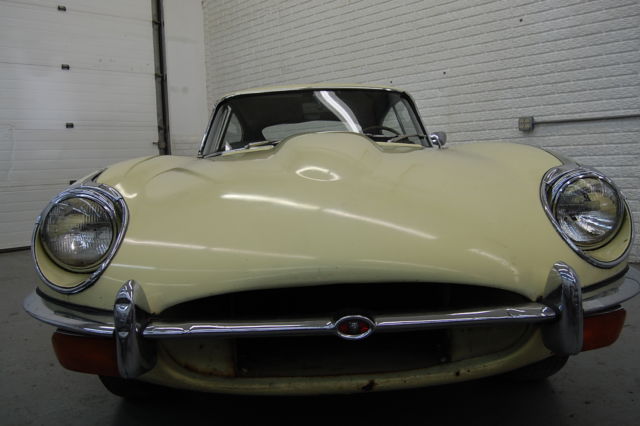
These can:
- Provide evidence of the car’s value at different points in time.
- Offer insights into past claims or modifications.
Preservation and Organization of Documents

Once you’ve gathered your E-Type’s paperwork, here’s how to keep it:
- Use Acid-Free Storage: Protect documents from degradation.
- Backup Digitally: Scan and store copies on secure cloud storage or external drives.
- Organize with Binders or Folders: Keep documents sorted by date or category for easy access.
📁 Note: Always use archival quality materials to prevent document deterioration.
Finding Missing Documents

If some documents are missing:
- Contact Jaguar Heritage Trust or similar clubs for assistance.
- Previous owners or restorers might have copies or records.
- Consider hiring a car historian who specializes in uncovering vehicle history.
Documenting Your Ownership
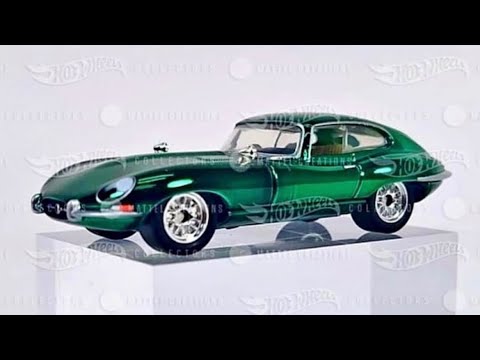
As the current owner, you have a responsibility to:
- Keep records of your own maintenance, repairs, and restoration work.
- Document any modifications or significant events related to the car.
- Establish a comprehensive history for future owners.
📝 Note: Keep a diary of events or use software like Google Keep or Evernote to track your ownership journey.
In the end, the paperwork associated with your Jaguar E-Type is as much a part of its legacy as its sleek lines and roaring engine. It tells a story of ownership, care, and perhaps even adventure. By preserving and understanding this paperwork, you're not just owning a car; you're preserving a piece of automotive history for future generations to cherish and drive into the future.
What should I do if my Jaguar E-Type doesn’t have a VIN Certificate?

+
You can contact the Jaguar Heritage Trust or similar organizations, which might provide the necessary documentation or authenticate the vehicle using other means.
Can I recreate missing service records?
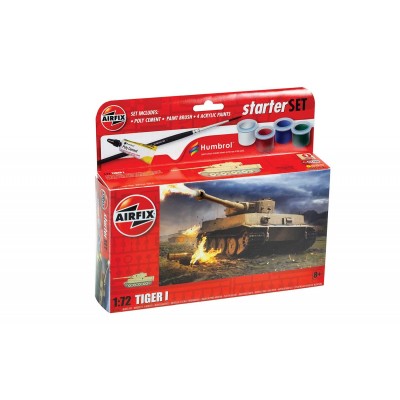
+
While you cannot create original records, you can gather evidence from previous owners, restoration work, or historic insurance documents to build a service history.
Why is it important to have factory records?

+
Factory records are vital for proving authenticity, especially if there are disputes over ownership or modifications. They provide insight into the car’s original specifications and build history.
How can I ensure my documents remain in good condition?
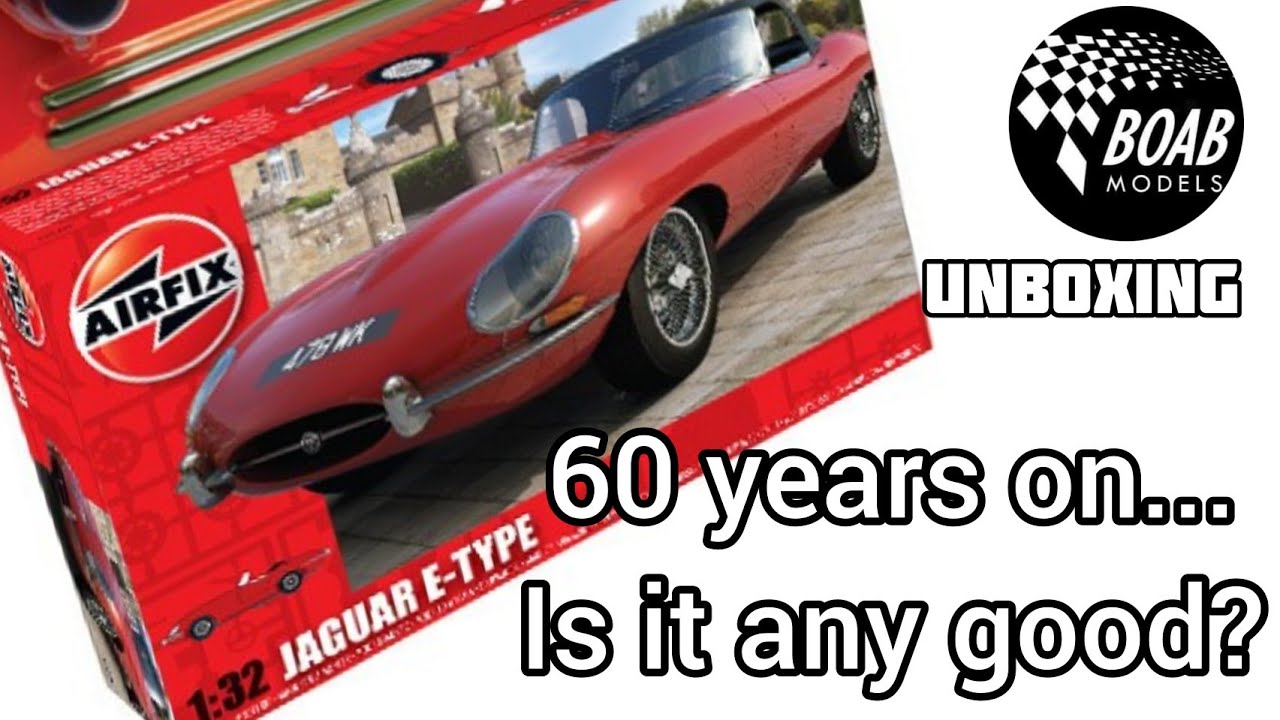
+
Store them in acid-free sleeves, use archival quality binders, and regularly update digital backups. Avoid exposure to direct sunlight or moisture.
What happens if I can’t find any previous owner details?
+While it’s not ideal, you can still enjoy and preserve your E-Type. Consider documenting your ownership period comprehensively to enhance its history for the next owner.